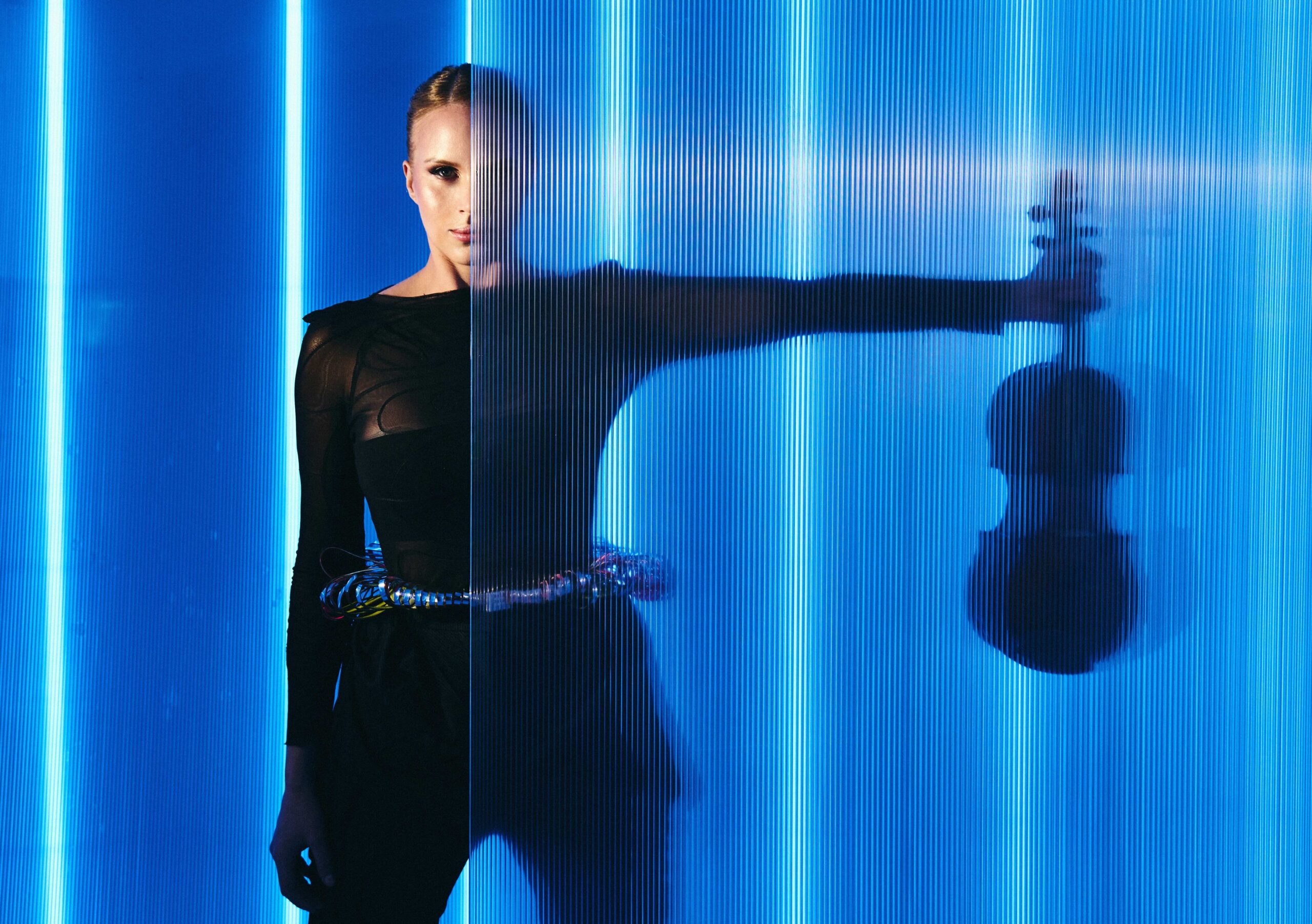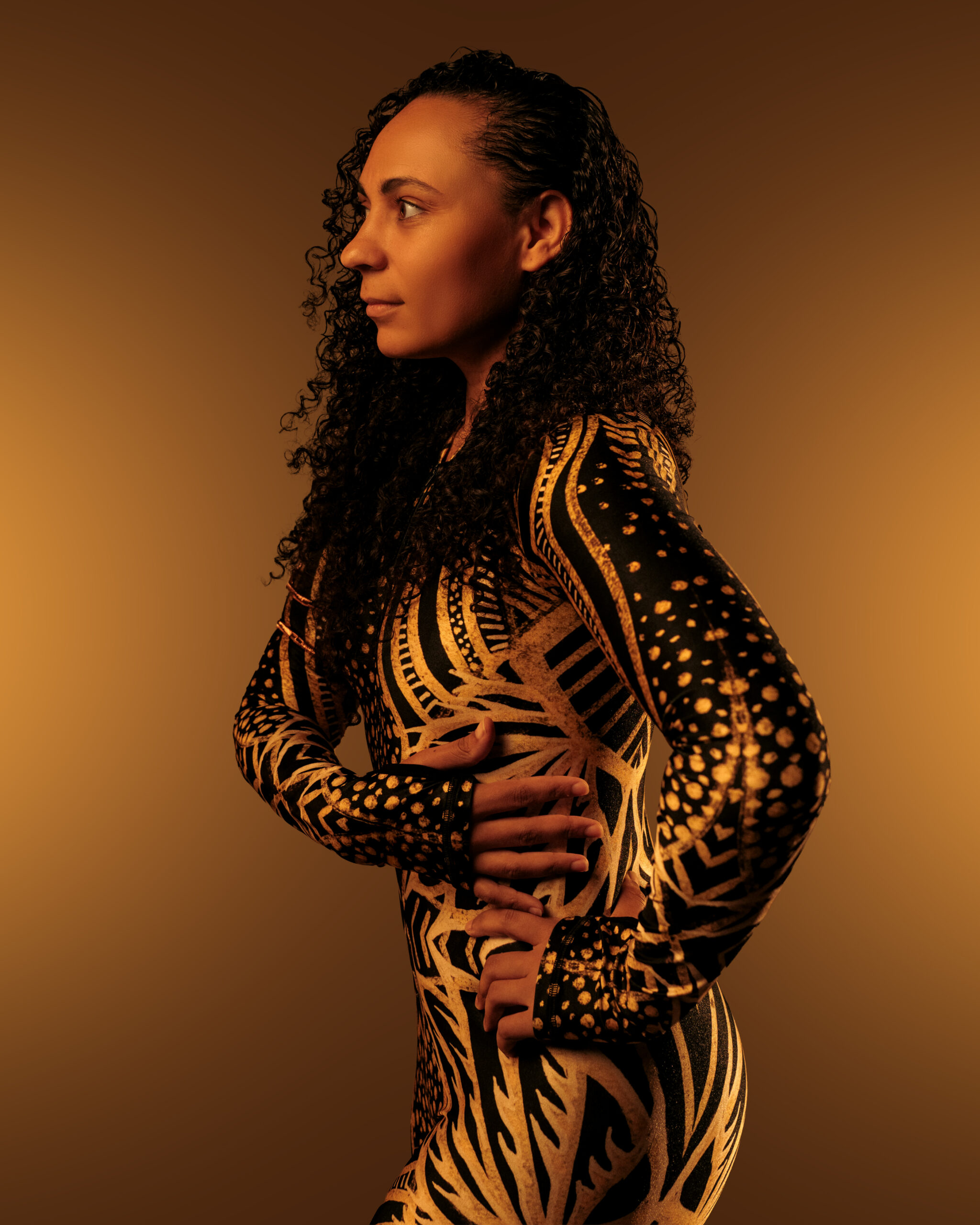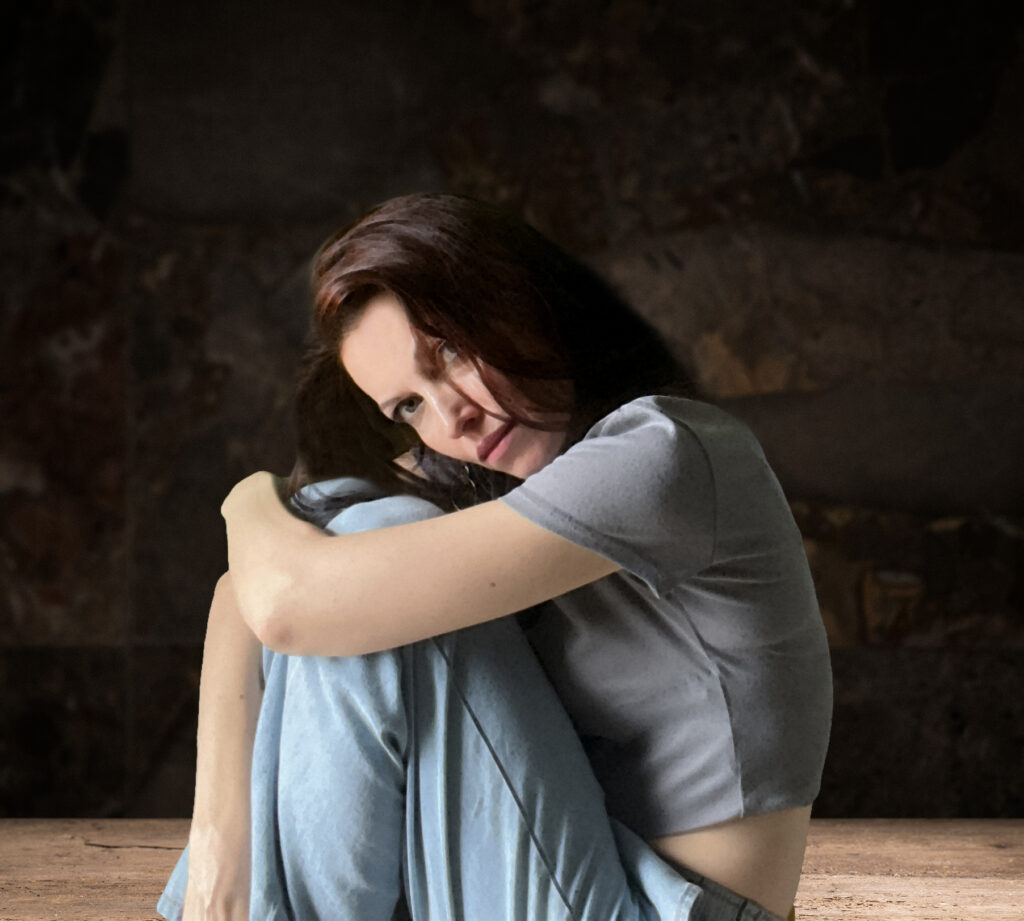The violin has always carried a certain weight. It conjures images of velvet-draped concert halls, royal audiences leaning in reverently, and the centuries-long lineage of composers who etched their names into history through its timbre. Elisa Järvelä—now stepping into her own artistry as Elisa V—knows that history intimately. Raised in a musical family in Finland and trained at Helsinki’s prestigious Sibelius Academy, she spent years mastering the discipline and tradition that classical music demands. Her résumé reads like a catalogue of prestige: performances at global festivals, concerts in some of the world’s most revered venues, and even intimate sets for royalty and the Pope in the Vatican.
And yet, on September 19, 2025, Elisa did something far more radical than simply adding another line to that list of accomplishments. With her debut single “Love of Yesterday,” she’s taking the violin out of its velvet case and into the shadows of the club. The track is sleek, atmospheric, and undeniably modern; an unexpected fusion of classical violin and deep house that reframes the instrument not as a museum piece, but as a living, breathing voice pulsing against electronic beats.
“Creating my own music has been an incredibly intimate journey,” Elisa says, reflecting on the leap from performing others’ compositions to stepping fully into her own. “It revealed a vulnerability I hadn’t fully explored before, and also a sense of freedom. Performing is about honoring someone else’s story. Writing ‘Love of Yesterday’ forced me to tell mine.”
If Elisa’s life so far has been defined by dualities, “Love of Yesterday” is the synthesis. Her foundation is unmistakably classical: years of training, hours of practice spent perfecting bow strokes and scales, learning to both disappear behind the notes and bring them to life with exacting precision. But her artistic identity has always resisted confinement. While her peers remained rooted in recital halls, Elisa found herself increasingly drawn to experimentation. The Sibelius Academy drilled structure into her bones, but electronic music offered something intoxicating—freedom.
“They don’t conflict, they balance each other,” she says. “The structure of classical music grounds me, and the openness of electronic music pushes me to explore and innovate.” This philosophy isn’t abstract. It’s audible in “Love of Yesterday.” The track doesn’t position the violin as an ornamental flourish sitting politely on top of a beat. Instead, it melts into the rhythm, sometimes swelling with emotion, other times weaving subtly through the production like a second heartbeat. The result is a sonic landscape where tradition and modernity don’t just coexist—they elevate each other.

For Elisa, reimagining the violin isn’t a gimmick because it’s personal. “For me, the violin is an alive extension of myself,” she says. “It can sing in a grand concert hall or pulse in a nightclub. Its voice adapts, but its soul remains the same. That adaptability has become central to her mission. Too often, she argues, the violin is boxed in by formality, treated as an instrument frozen in amber. She wants to shatter those expectations. “Breaking those boundaries allows me to create experiences that are unexpected, immersive, and emotional,” she says. “Classical and electronic may seem worlds apart, but together they create a dialogue between elegance and energy, refinement and rebellion. That’s what excites me most—the endless possibilities of reinvention.”
It wasn’t an effortless transition. During the creation of “Love of Yesterday,” Elisa found herself tempted to fall back on intricate, virtuosic runs which are displays of technical mastery that classical training ingrains in its students. Her collaborators, producers Artemy and Andy, pushed her to resist that instinct. “They reminded me to think less about flashy violin techniques and more about serving the song,” she recalls. “At first, it was challenging to restrain myself, but it taught me how to create a more cohesive and emotionally direct performance.”
The restraint paid off. Instead of standing apart, the violin blends seamlessly with the electronic elements, turning the track into a living soundscape where boundaries blur. It’s not a violin over a beat; it’s the violin becoming part of the beat. This embrace of vulnerability marks a profound shift for an artist accustomed to performing under high-stakes conditions. Elisa has played for royalty, for world leaders, and in rooms where mistakes were unthinkable. Yet she insists that vulnerability has always been central to her performances, no matter the audience size or stature.
“Vulnerability is the courage to be fully present,” she explains. “Whether performing for the Pope, a royal family, or a small crowd, the essence is the same—opening my heart and letting the music speak. People want to feel and connect. Vulnerability isn’t weakness, it’s the bridge that unites us all.” That ethos comes through clearly on “Love of Yesterday.” The track isn’t just technically polished; it feels lived-in, reflective of her own experiences with love, loss, and renewal. For Elisa, the personal is inseparable from the musical. “Those are the feelings I’ve lived through personally and now can share through sound,” she says.
Part of Elisa’s boldness lies in her refusal to choose between “high culture” and “pop culture.” Too often, these worlds are presented as mutually exclusive—the elegance of classical music on one side, the immediacy of club tracks on the other. Elisa rejects that binary outright. “I could never choose,” she says with a laugh. “It would be like trying to breathe with only one lung. Classical and popular music don’t need to be separate, they can coexist and enhance each other. My artistry thrives in the overlap.”
That refusal to conform is precisely what gives “Love of Yesterday” its vitality. It’s versatile, sleek enough to soundtrack a fashion runway, yet heartfelt enough to resonate in the quiet intimacy of headphones at home. Elisa doesn’t think about fitting her work into a category. “When I compose, I focus on mood, color, and emotion,” she says. “A song’s true power comes from its ability to resonate across environments. That versatility is what excites me. When music is alive, it finds its place naturally.”
As much as “Love of Yesterday” feels like a culmination of Elisa’s journey so far, she insists it’s only the beginning. “I envision Elisa V on big stages, festivals, and concert halls, where violin and electronic music merge into a unique, immersive experience,” she says. She describes future performances filled with color, light, and movement; multi-sensory experiences designed not just to be heard, but to be felt.
Her ambition is clear: she wants to be recognized as an artist who bridges worlds, who redefines what the violin can be. But her mission also carries a personal dimension. “I want to show young musicians that anything is possible if you believe in yourself,” she says. “Classical and electronic, refined and wild, technical and emotional—it can all coexist. My goal is to create music that inspires courage, joy, and connection.”
Well, in the end, “Love of Yesterday” isn’t just a debut single but a statement of intent, a declaration that the violin’s story is still being written. Elisa V isn’t turning her back on tradition; she’s expanding it, creating a new language for an instrument often trapped by its own legacy. If her years of playing for royalty and world leaders taught her precision, discipline, and respect, this new chapter is teaching her something else: freedom. And in that freedom, Elisa has found not only her sound, but her voice.
Featured Images: Artist Supplied




